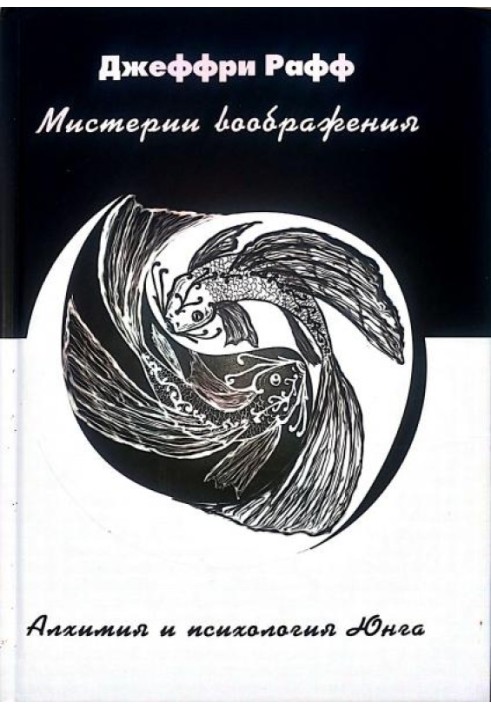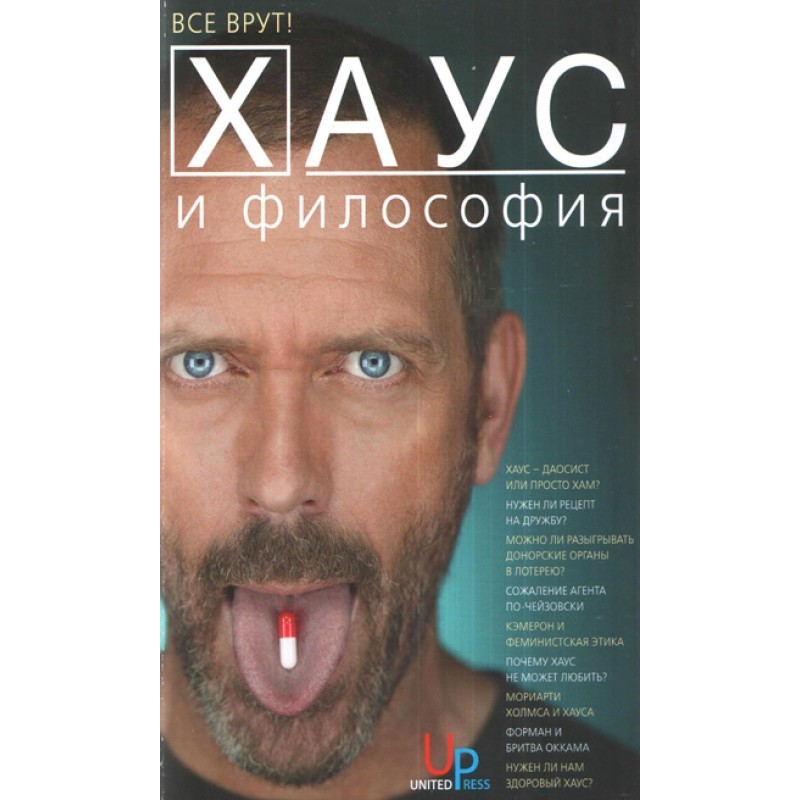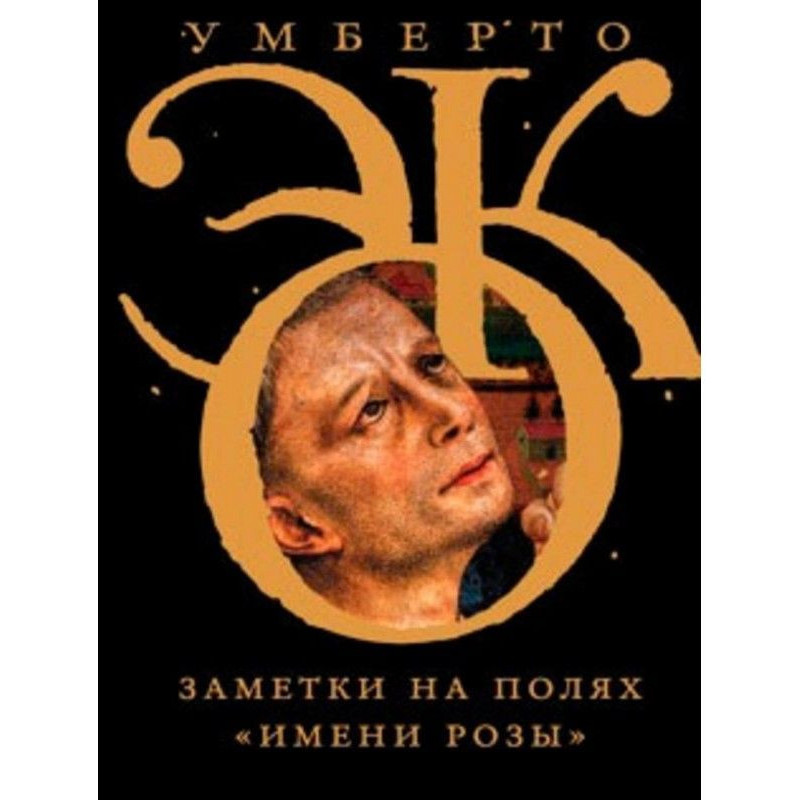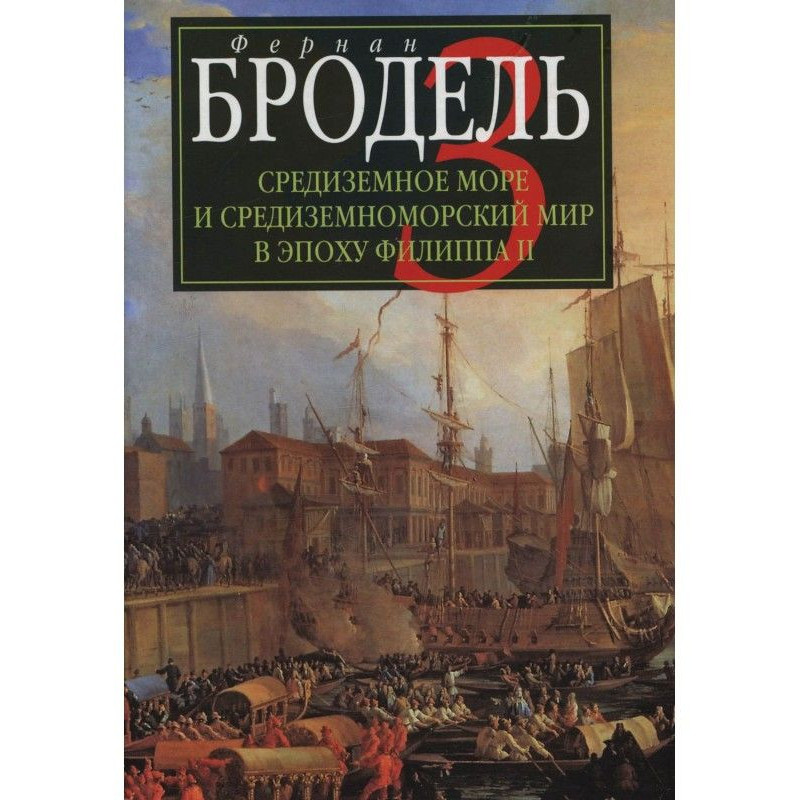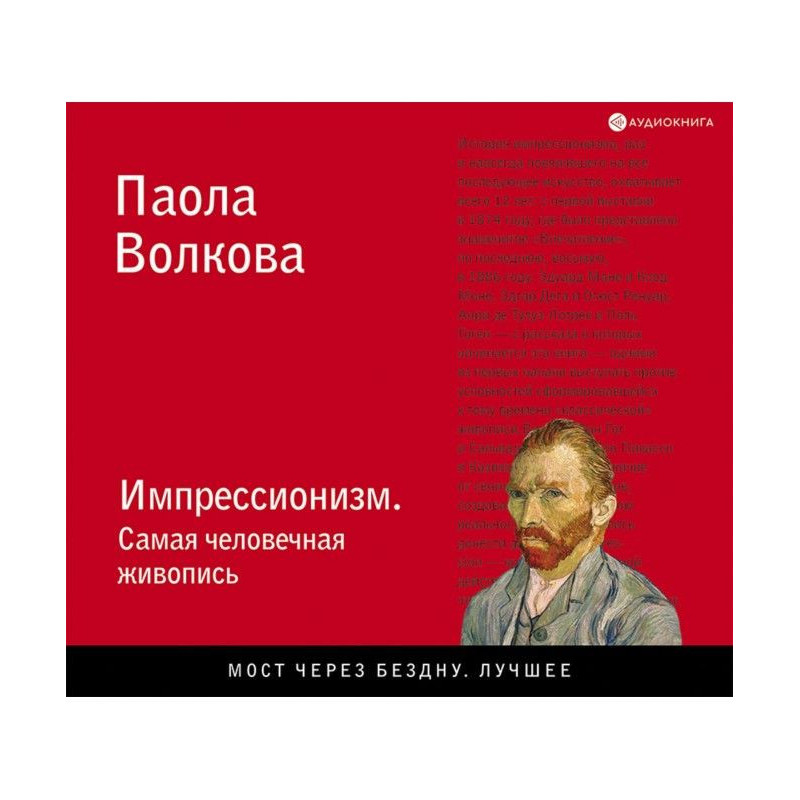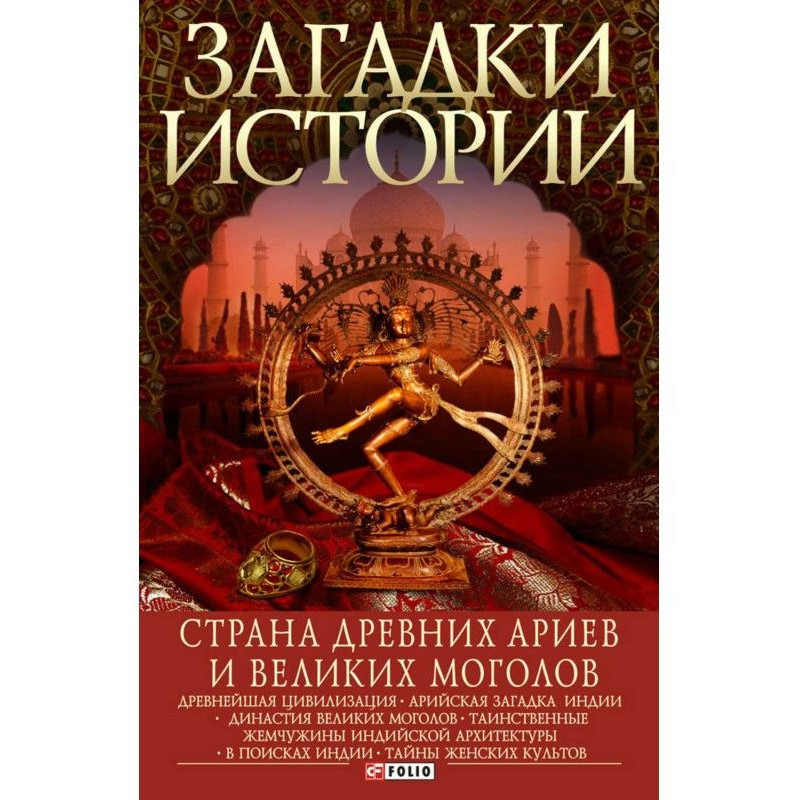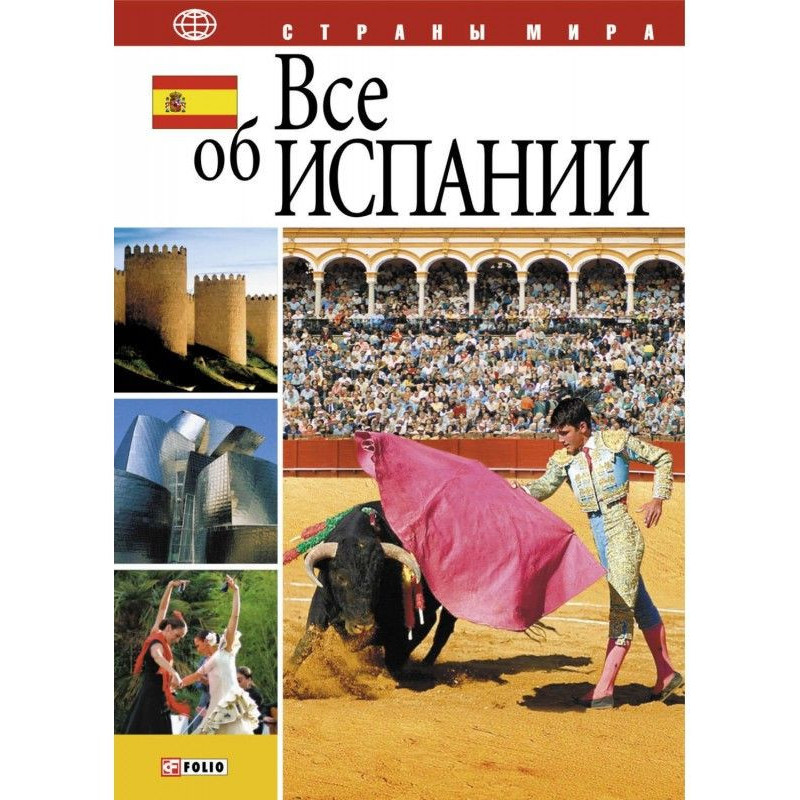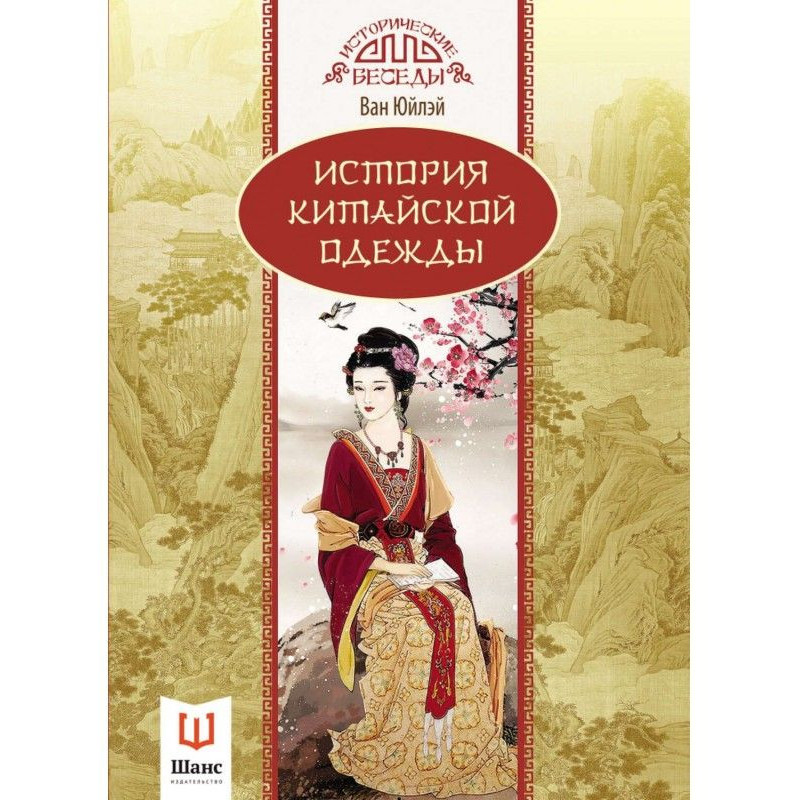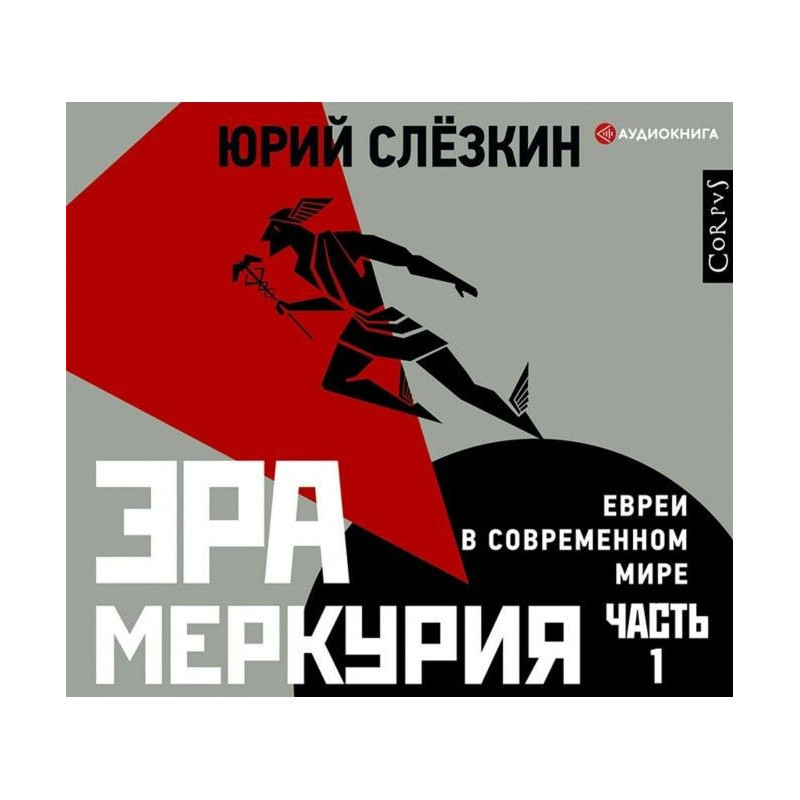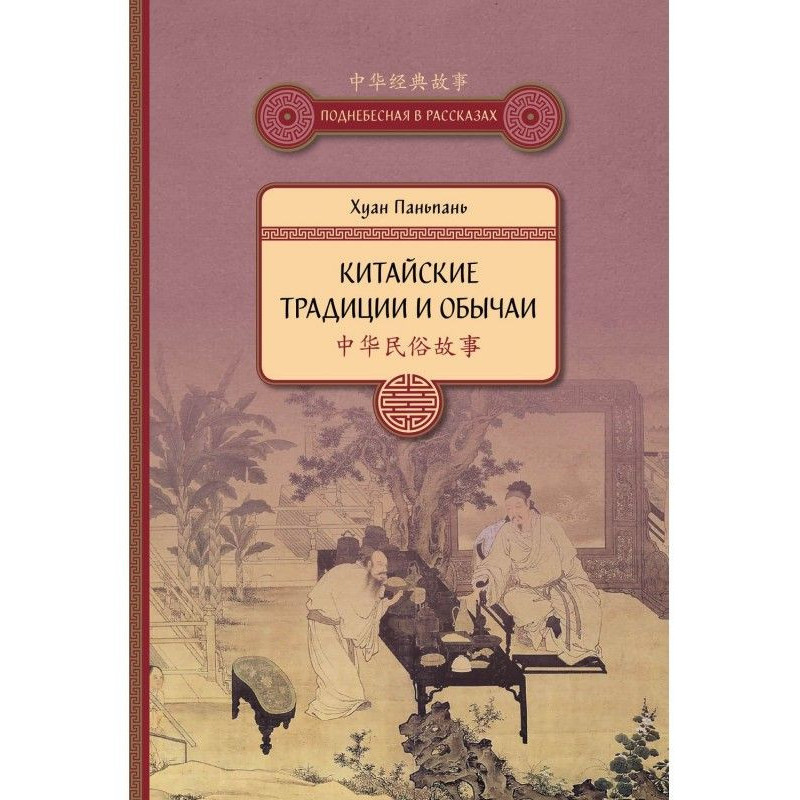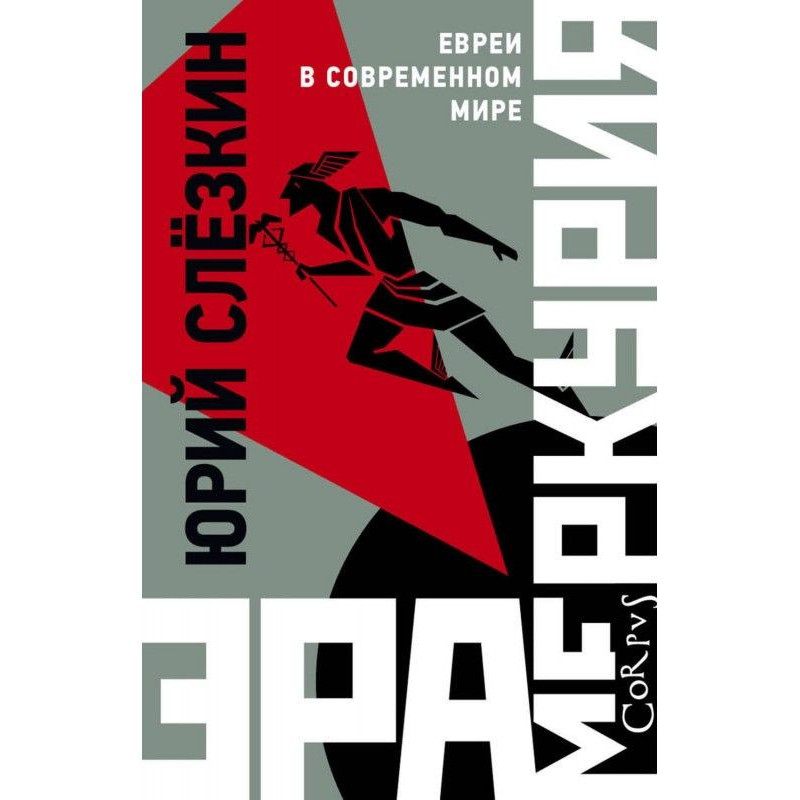Geoffrey Ruff - Jung and the Alchemical Imagination. M.: Club Castalia, 2013 Brief abstract: We are pleased to present to you a unique book by Jeffrey Ruff, which explores in the most detailed way the Jungian view of alchemy, which contains a reliable synthesis of Hermetic knowledge and modern psychology. ©.Buy the book: The works of Geoffrey Ruff can be an excellent introduction to both the alchemical dimension of Jungianism in particular, and spiritual alchemy generally. ©. "The image of the wedding symbolizes the unity of the Ego and the unconscious; in other words, we are talking about the creation of the manifested Self. However, more precisely, the alchemist embodies the Ego, while the king represents the conscious in itself. Since the primary The characteristic of the conscious is self-awareness and a sense of identity, the king personifies the sense of identity and awareness in the Self. The potential Self is buried under the chaos of the unconscious. She is unconscious, or perhaps this quality is present to a limited extent. Part of the work of redemption is to promote self-knowledge of the Self. Before redemption, the Self's knowledge of itself comes through the Ego. However, when the king becomes engaged to the queen, the ego's capacity for self-awareness and identity merges with the unconscious. As a result, the Self appears, having its own awareness. In order not to confuse the king and the Ego in our history, let us think of Christian (Rosicrucian. T.G.) as the Ego and the king as the masculine, conscious side of the Self. The Queen personifies the unconscious, representing the inner world with its wonders and diversity. Although it is usually a very silent partner in alchemical writings, it is nevertheless necessary in the creation of the lapis, i.e. stone The goal of the work is to unite opposites through the unity of masculine and feminine, and, in particular, the unity of the conscious and unconscious. Through this the manifest Self comes into being." ©. (p. 185). "Decapitation is the first step in the alchemical process of atonement, representing the mortificatio and putrefaction usually following the coniunctio. Each union is associated with death until the last and final state is reached. Alchemy used head and decapitation motifs in a variety of ways. Zosima, one of the first alchemists, tied his head with the omega element, by which he meant the secret substance or secret nature of the stone. Jung saw in the symbolism of the head an allusion to the head of Osiris in Egyptian mythology, as well as to the cycle of death and resurrection. Decapitation, the separation of the head from the body, signifies the secret dividing substance that brings about rebirth and transformation into their fundamental opposites. Moreover, since the head is related to the conscious, decapitation maintains the separation of consciousness from the body, being the first step towards conjunction, which Dorn defined as unio mentalis, or mental unity. Decapitation or purifactio initiates the work and also represents the separation of the living conscious principle from the prima materia. Purifactio is "the change and death of all things, and also by the destruction of the first essence of all natural objects, whereby healing and a new birth - ten thousand times more perfect than the former - becomes possible for us" (Paracelsus, "Concerning the Nature of Things" in A. E. Waite, ed "The Hermetic and Alchemical Writings of Paracelsus the Great (Kila, MT: Kessinger Company, n.d.), p. 120). Rotting occurs at any stage, which means the death of the original substance and the beginning of the transformation process. Figure 19 (see below) is a good example of a symbolic representation of decomposition. The skeleton, Death, oversees the process and has a dominant influence at this stage. On the other side of the coffin is another figure - probably Vulcan, which indicates that fire also plays an important role in the process, although it is not is the controlling one in this case. The king and queen in the tomb represent a pair of opposites, as in our parable. The logo that precedes this one in the original series shows the same king and queen together in bed, which is the consummation of the coniunctio. True union, however, occurs in death, when the two partners lose their previous state and are reunited in a new one. As I indicated in the last chapter, both the ego and the unconscious must give up their past states of being in order to realize the first coniunctio. Both experience this sacrifice of the old ways of being as death. The king's sacrifice can be understood as the ego's sacrifice of its identification with the conscious. To achieve the first level of unity with the unconscious, Ego (false self, self-awareness. T.G.) must give up his sense of dominance over the Psyche (Soul. T.G.). It can no longer do what it wants without paying attention to the other voices in the unconscious. The ego can no longer deflect the imagination or the still small (silent. T.G.) voice within." ©. (pp. 186 - 188). "When the Ego feels devoid of energy, will and ability to move forward in of its own life, it knows it is losing control. This is the direct experience that the only path to a meaningful life is to give up the illusion of Ego control and turn inward. Surrendering its proud role as the sun ruling the heavens, the Ego descends into the lower world, where it finds the vulnerability and openness necessary for genuine contact with the unconscious. Death is the greatest teacher, and thanks experience of death, the Ego comes face to face with the Self. There is another way of understanding the death of the king. In active imagination, the Ego must not only encounter the inner figure, but must in some way experience the consciousness of that figure. One of the most striking aspects of active imagination is the perception of the inner figure as a person, as an entity with its own consciousness. This consciousness and corresponding self-awareness are limited in the unconscious. When the Ego pays attention to the inner figure (the "Daimon" or the future manifested, manifested Self. T.G.), the self-awareness of the figure increases. It is as if the Ego were transferring the power of the conscious to the inner figure in the course of their dialogue or exchange. In this sense, the king dies to his previous identification with the Ego and its world, uniting with the forces within the unconscious." ©. (p. 189).
Reference
FL/980150/R
Data sheet
Name of the Author
Джеффри Рафф
Language
Russian
 Instant download
Instant download
 Wide range of formats
Wide range of formats
 Full book
Full book

